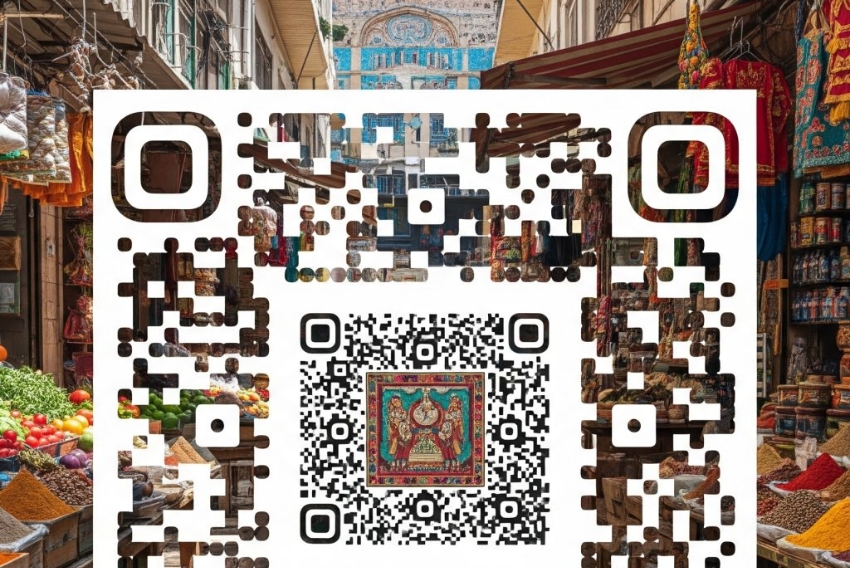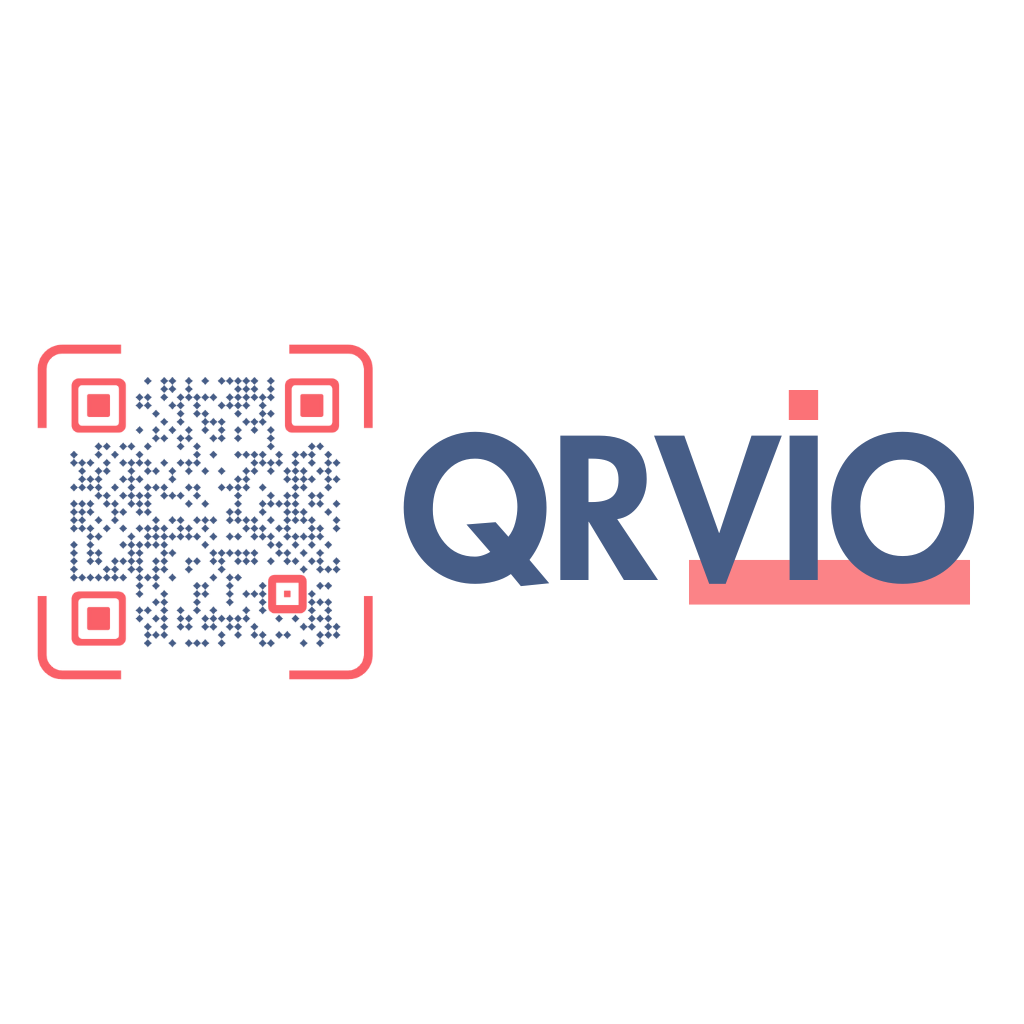How to Make a QR Code with Picture in 6 Easy Steps

In today’s digital-first world, visual branding plays a pivotal role in how your audience perceives and interacts with your content. One effective and often overlooked way to elevate brand recognition is by using a QR code with picture. Whether it’s a logo, personal image, or branded graphic, embedding a picture into your QR code helps it stand out and increases trust and scan rates.
This guide will walk you through how to create a QR code with picture in just five simple steps, using free tools and best practices. By the end, you’ll have a fully functional and visually striking QR code that complements your marketing strategy.
1. Introduction to QR Codes with Picture
1.1 Why Add a Picture to a QR Code?
A QR code with picture offers more than just visual appeal. It adds context and credibility. People are more likely to scan a QR code that displays a familiar logo or brand color because it signals authenticity and professionalism.
Furthermore, custom QR codes are more memorable. Whether on business cards, posters, or product packaging, a QR code with picture reinforces your visual identity and sets you apart from generic black-and-white designs.
1.2 Common Use Cases
Branded QR codes are used across industries. Retailers embed logos to guide customers to discounts. Restaurants place logo-tagged QR codes on menus. Even real estate agents place them on flyers to connect prospects with property listings.
Healthcare providers use them for appointment booking and test results, while education platforms embed QR codes with logos to link students to courses and resources.
2. Choose a Free QR Code Generator That Supports Images
The first step in creating a QR code with picture is selecting the right tool. Many free QR code generators now offer logo-upload or image-insertion features. Look for one that supports:
- High-resolution image embedding
- Color customization
- Various QR code formats (PNG, SVG)
- Error correction levels (to allow space for image insertion)
2.1 Top Tools to Consider
While there are many options, a few stand out for their ease of use and design flexibility. These include platforms like QR Vio, QRCode Monkey, and QR Tiger, all of which offer tools for uploading a logo or central image into the QR code design. Some tools even provide templates, stickers, or shape customization for added flair.
Advanced platforms also support analytics dashboards, allowing you to monitor scan data in real time. This is especially useful for marketing campaigns where tracking engagement is key.
Make sure the tool allows you to preview your design before finalizing it. A good preview feature helps ensure your image placement doesn’t interfere with scan functionality.
3. Upload and Position Your Picture
Once you’ve chosen your QR code generator, it’s time to upload the image. This is usually done through a “Logo Upload” or “Add Image” option in the design section of the generator.
3.1 Recommended Image Types
Use PNG or SVG files for best results. These formats preserve image quality and transparency. Your image should be centered if it’s a logo or sized appropriately if placed in a corner or background.
3.2 Adjusting Error Correction
QR codes use error correction to maintain readability even when parts of the code are obscured by images. Select at least a medium or high error correction level (usually labeled M or H) to ensure your code remains scannable after adding the picture.
This setting is crucial because inserting an image replaces part of the QR code’s data modules. The higher the error correction, the more of the code can be covered without losing function.
3.3 Consider Transparency and Contrast
Make sure your uploaded image has a clear contrast with the QR background. If your image is dark and the QR foreground is also dark, it could cause scanning failures. A transparent background or white edge around the image often helps preserve contrast.
4. Customize Colors and Style
Designing a QR code is not just about placing a picture. Color and layout matter too. With most tools, you can customize foreground and background colors, choose between rounded or square corners, and apply gradients or frames.
4.1 Branding with Color
Choose colors that match your brand palette. Avoid light backgrounds and very dark or complex images, as these can affect scanability. Always test your design to ensure it scans reliably.
4.2 Shape and Pattern Tweaks
Modern QR generators let you alter the shape of the data dots and finder patterns (the squares in the corners of a QR code). Use this to align with your visual theme. For instance, a playful brand might use circular dots, while a tech-focused company might prefer sharp, angular patterns.
4.3 Add Frames or Call-to-Action Text
Some tools allow you to add frames or borders with embedded text such as “Scan Me” or “Tap for Offer.” This not only adds to the visual appeal but also increases scan intent by providing a clear instruction.
5. Test, Download, and Use Your QR Code
Before finalizing, always test your QR code with picture. Most generators let you scan directly on-screen or preview on different device types.
5.1 Testing for Functionality
Try scanning your QR code with picture using multiple devices and apps. Ensure that the image hasn’t interfered with the scanning process. If issues occur, reduce image size or increase error correction.
5.2 Download Formats
Choose PNG for general use, or SVG for printing and design work where scalability is key. Some platforms also offer PDF or EPS formats for vector-based editing.
5.3 Where to Use Your QR Code
Now that you have a finished design, you can include your QR code with picture in:
- Marketing flyers and brochures
- Product packaging
- Business cards
- Social media posts
- Presentation slides
- Restaurant menus
- Event tickets
- Real estate signage
Each use case helps reinforce your brand while offering a seamless bridge to your digital content.
6. Final Tips and Common Mistakes to Avoid
Creating a visually engaging QR code with picture can dramatically boost engagement, but it’s important to avoid common pitfalls:
- Don’t obscure key QR code areas: Keep your image within the center or approved zones that avoid interfering with data points.
- Avoid too much detail: A busy design or overly complex background image can reduce scan success.
- Don’t skip testing: Every device renders and scans differently. Always test before going live.
- Use high-contrast combinations: Poor contrast between background and QR dots is a top reason codes fail to scan.
- Maintain simplicity: Over-customization can overwhelm the scanner. Balance style with function.
If you need to create multiple QR codes or want advanced features such as analytics, QR Vio is a great tool. It allows dynamic QR code generation with analytics, enabling you to track scans by date, location, device, browser, and more—even when you use a QR code with picture embedded.
Conclusion
A QR code with picture not only looks better but also performs better in modern marketing. It signals brand authority, engages viewers visually, and still delivers the same digital function. With the right tool and a few thoughtful design choices, you can generate a customized QR code that turns heads and gets scanned.
Whether you’re a marketer, business owner, or designer, now you know how to create a standout QR code with picture that has image-enhanced appeal. Take the next step and put it to work for your brand.
Want to generate your own QR code with picture, logo, background, or even a photo? Try QR Vio — a powerful, user-friendly QR code generator that lets you add images, customize shapes, track scan analytics, and more. Start creating stunning, picture-rich QR codes today!
